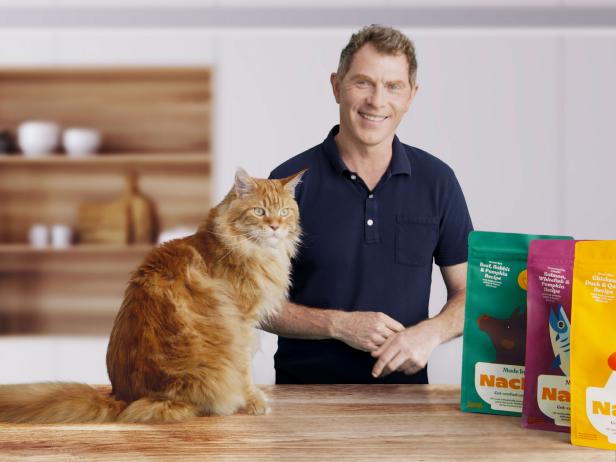As pet owners, we strive to provide the best possible care and nutrition for our furry companions. One of the most significant choices we make is what to feed our pets. In recent years, the debate over pet food has centered around the choice between raw and cooked diets. Raw food diets for pets have gained popularity, with proponents touting their benefits, while traditionally cooked pet foods remain a reliable choice. Let’s explore this great pet food showdown, considering the advantages and drawbacks of both raw and cooked pet diets.
Raw Food Diets
Proponents of raw food diets for pets often argue that they mimic a dog or cat’s natural diet more closely. These diets typically consist of raw meats, bones, and some fruits and vegetables. Advocates claim a range of potential benefits for pets, including shinier coats, cleaner teeth, and higher energy levels. One important consideration when deciding on a pet’s diet is checking various food types such as can dogs eat lima beans?
One significant advantage of raw diets is the avoidance of artificial additives and preservatives commonly found in commercial pet foods. These diets often contain fewer fillers and artificial flavors, making them a more natural option for pets. However, it’s essential to ensure that raw diets are nutritionally balanced, as any imbalances can lead to health problems.
There are some drawbacks to raw diets as well. They can be expensive and time-consuming to prepare, as you need to source quality ingredients and follow strict hygiene practices to avoid contamination.
Cooked Food Diets
Cooked pet food diets have been a staple for decades and come in various forms, including kibble, canned, and homemade cooked meals. Many pet owners prefer the convenience of commercial cooked diets, as they require less preparation and have a longer shelf life. Cooked diets are also widely available and are formulated to meet the specific nutritional needs of different life stages, breeds, and health conditions.
One significant advantage of cooked pet food is that it has been pasteurized or processed, which can help eliminate harmful bacteria and parasites. This makes it a safer choice for pets and their human companions, reducing the risk of foodborne illnesses. Commercially cooked pet foods also offer a variety of flavors and formulations, making it easier to cater to a pet’s individual preferences and dietary needs.
The Decision: Raw vs. Cooked
When deciding between raw and cooked pet diets, there is no one-size-fits-all answer. The choice depends on various factors, including your pet’s specific needs, your lifestyle, and your comfort level with food handling and preparation.
For healthy, adult pets, both raw and cooked diets can be viable options. However, it’s crucial to consult with a veterinarian or a pet nutritionist to ensure that your pet’s diet is balanced and meets their specific needs. Puppies, kittens, senior pets, and those with medical conditions may require specialized diets, and it’s essential to seek professional guidance. For more in-depth insights into the world of pet nutrition and food trends, be sure to explore reputable pet blogs that offer expert advice and reviews.
Conclusion
In conclusion, the debate between raw and cooked pet diets is a complex one, with both options offering benefits and drawbacks. The choice ultimately comes down to what works best for your pet and your lifestyle. Regardless of your choice, prioritize your pet’s health and well-being by seeking professional advice, providing a balanced diet, and practicing safe food handling techniques. The Great Pet Food Showdown continues, but with the right approach, your furry friend can thrive on either a raw or cooked diet.
Author



